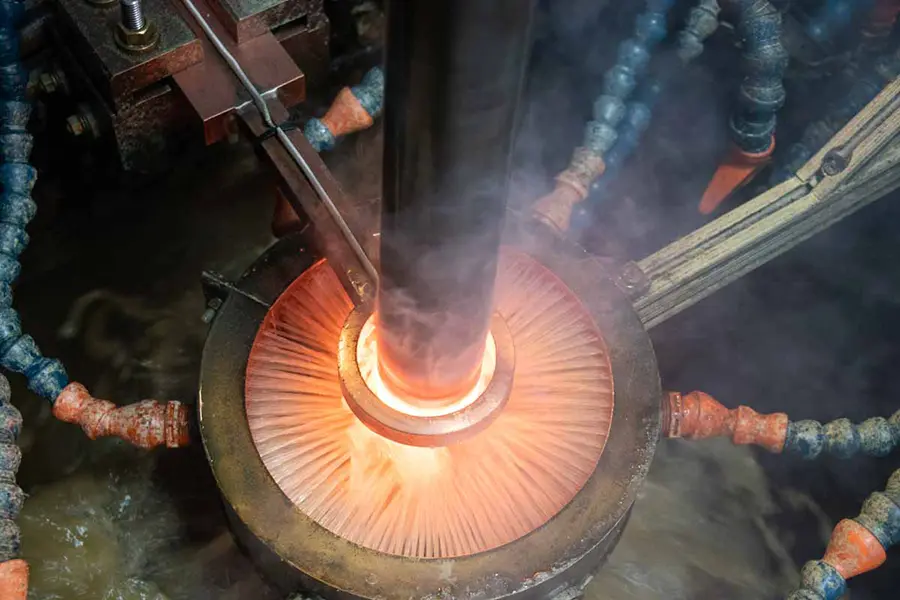Services

Stress Relieving, Annealing, Normalizing
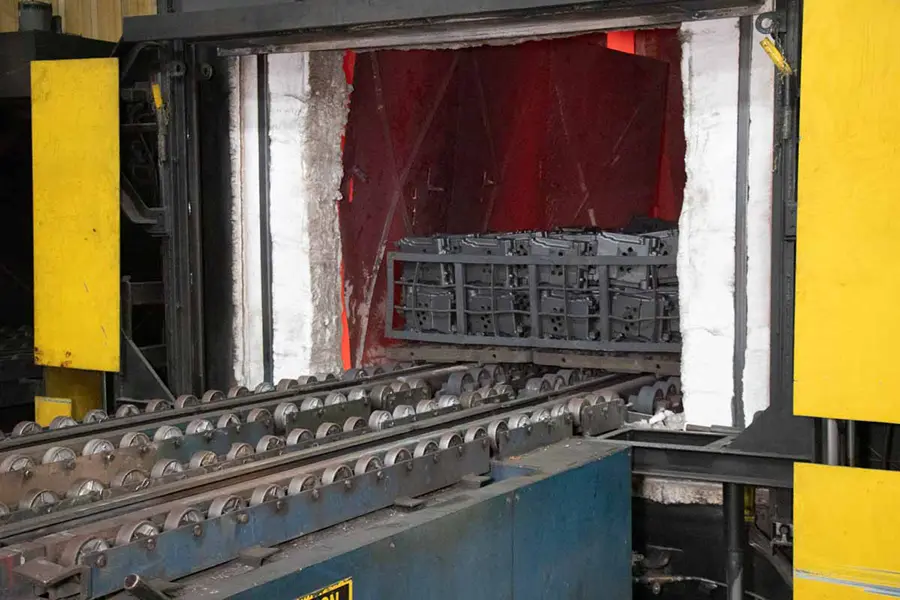
Relax Those Internal Molecules
The stress relieving process calms down steel or iron at the molecular level by removing internal stresses generated by previous manufacturing processes such as machining or welding. We heat the material uniformly to an appropriate temperature and then slowly cool it to minimize the development of any new stress.
Hardening
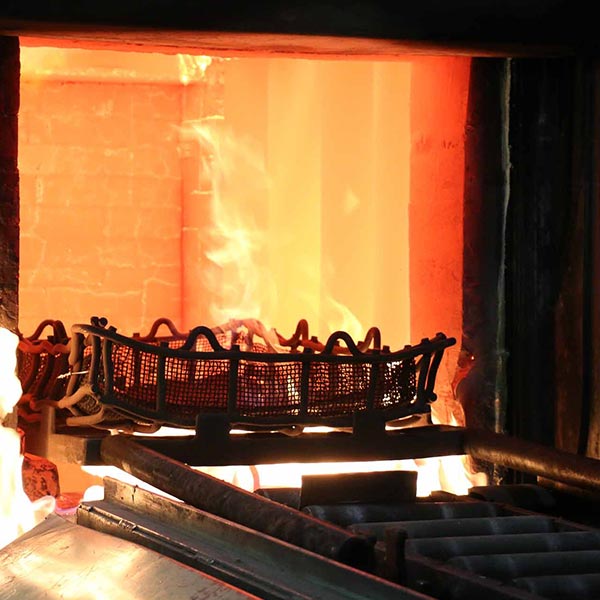
Lock in the Transformation
The hardening process involves heating steel or iron above a critical temperature and then holding it there long enough for molecular transformation to occur. The material develops a higher level of hardness when it is cooled at a rate fast enough to lock in the transformation. That critical temperature, referred to as the austenitizing temperature, can range from 750 degrees to almost 1,500 degrees F depending on the grade of carbon, alloys and tool steels.
Carburizing and Carbonitriding
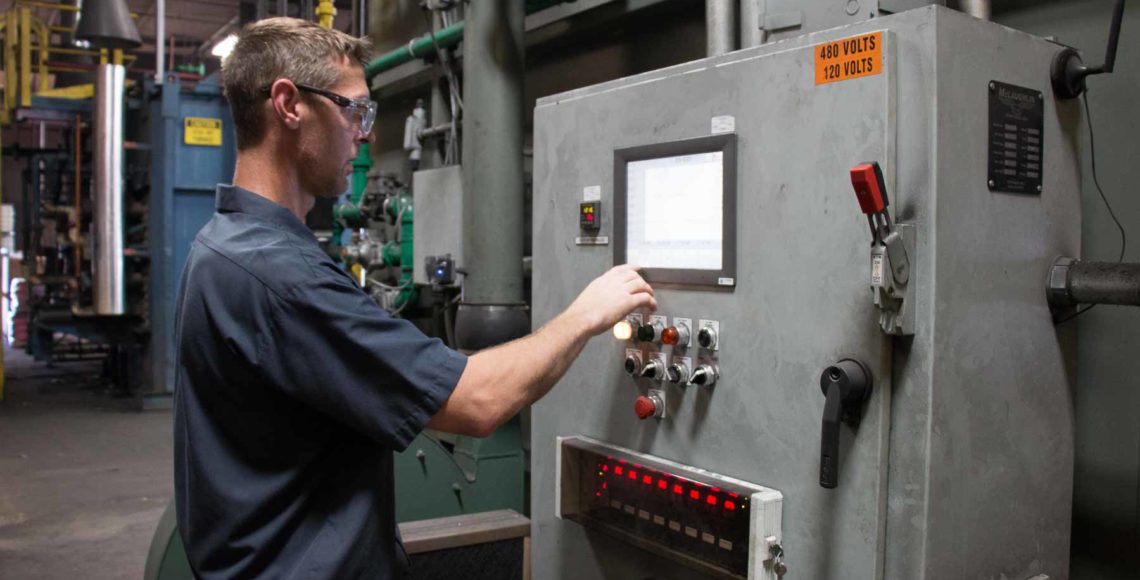
Increasing Surface Hardness
The carbonitriding technique creates a wear-resistent layer on the surface of a material by increasing its surface hardness. We heat the part well into the austenitic range to encourage a phase change and then add carbon and nitrogen atoms to seal the deal.
Testing Lab
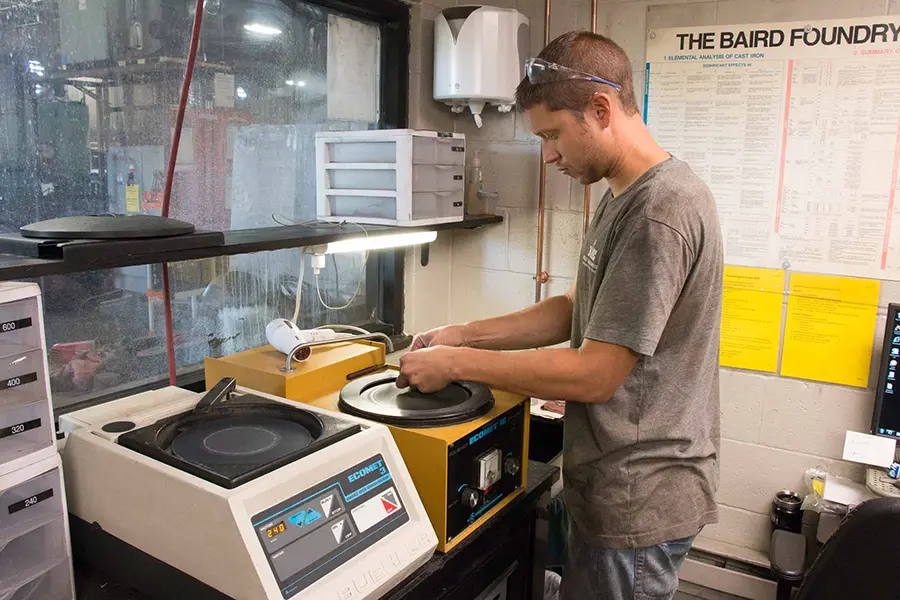
Ensuring Consistent Quality
Metals Engineering technicians perform a variety of quality control tests that ensure materials meet customer specifications. The ability to complete tests in-house minimizes turnaround times and enables some of the fastest delivery rates in the industry.
Blasting
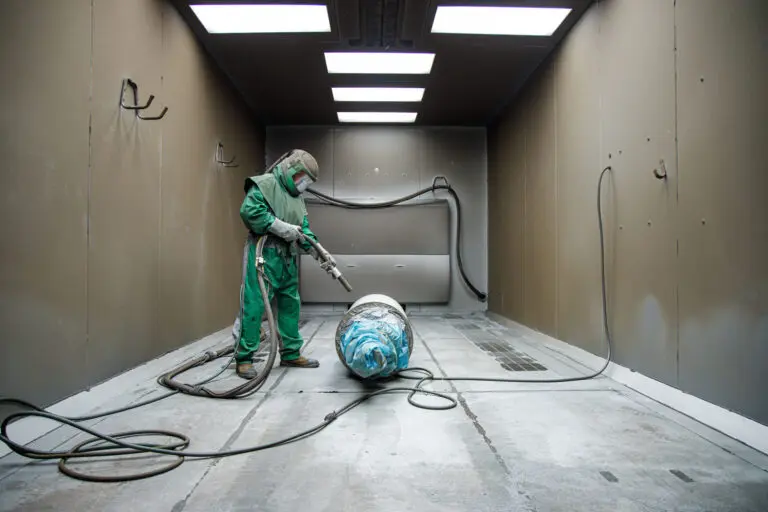
We Now Offer Blasting!
Metals Engineering now offers blasting! Based on our customer’s needs, we have invested in the atest blasting technology to provide an additional service in your manufacturing process.
After your parts are heat treated, our blasting process eliminates scale and residue, adds texture to surfaces and helps strip away other contaminates that can be present after heat treatment. Blasting helps make your operations easier after heat treating, such as machining and painting.

